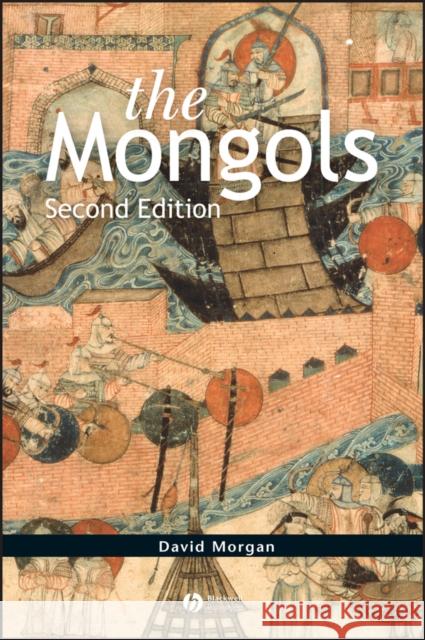Mongols 2e » książka
topmenu
Mongols 2e
ISBN-13: 9781405135399 / Angielski / Miękka / 2007 / 272 str.
The revised second edition of this highly praised introduction to the Mongol Empire takes account of recent scholarship in the field.
- Provides an overview of the government, religion, and politics of the Mongolian Empire
- Considers the effects of Mongol military campaigns on other countries and peoples in China, Russia, Persia and Europe
- Assesses the astonishing military career of Chingiz (Genghis) Khan
- Now includes a new epilogue assessing the contribution of recent scholarship to our understanding of the Mongols' history
- Well-illustrated by maps and photographs throughout











